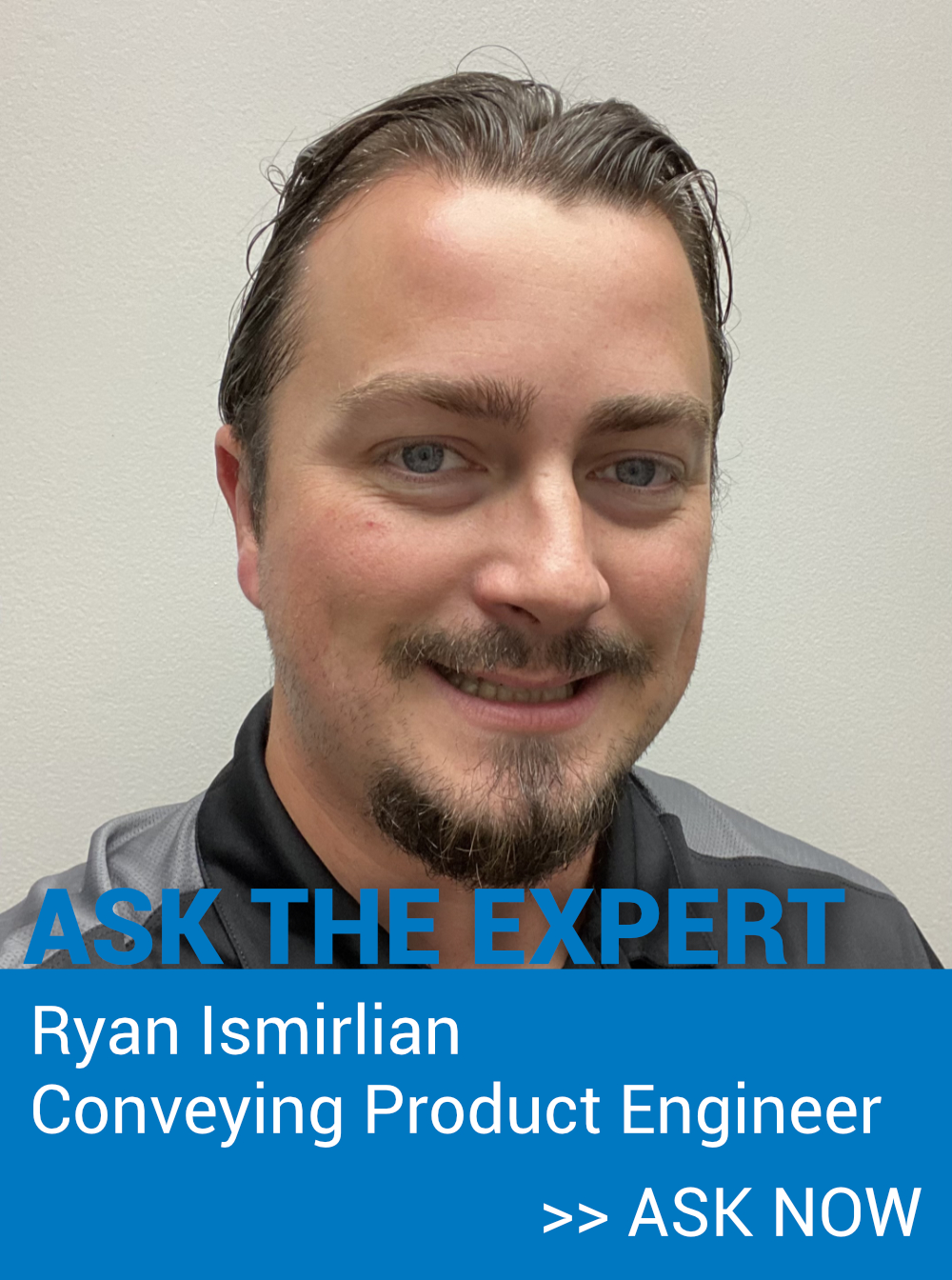Upgrading systems
Question:
I need to transport material from an old silo that is 750 feet from its intended destination. Do I really have to do that in two stages?
Response:
A few years ago the answer would have been yes. If you go that route today you will be spending a lot of unnecessary money for an intermediate pump and a surge bin that you probably don’t really need. We would still want to know what the material is and what obstacles might be in the way of the vacuum and material lines, but there is a high probability that there is a simple answer to your problem. There are now very high efficiency pumps that create much higher vacuum power than similarly-sized positive displacement or regenerative blower pumps. One of these pumps will transport your material up to 1000 equivalent feet without staging it. These pumps are so efficient that, while transporting 20-50% more material than PD or regenerative pumps, they use less energy. They cost a little more than conventional pumps but you will benefit from not having to buy two pumps plus a surge bin, and you will save on energy.
Question:
Is there an improvement in efficiency by eliminating the “Parallel Y” connections?
Response:
Emphatically, Yes! Each “Parallel Y” increases pressure drop by about 3%, so if you have 12 stations with 12 “parallel Y’s” in the line you are essentially increasing pressure drop by 36% and that equates to reducing your throughput capacity by an equal percentage. There are better ways to divert material as it travels through the line.
Question:
Can you give me an example of a practical replacement for “Parallel Y’s”
Response:
There are several material diverter alternatives on the market. Some are not easily purged because they have hang-up points where pellets can hide. One version that overcomes this problem and has minimal pressure drop is shown in the photo and illustration attached. This product is typically called a Two-Verter or Bi-Verter. It has a straight-through design with no crevices trap pellets so purging really clears the material line. They are typically installed in a common line above each receiver and can be used in conjunction with either manual or automatic material distribution systems.
Question:
None of my materials need to be dried. Will automating the conveying really save me anything?
Response:
Processors who install both a central drying and central conveying system save big bucks year after year. Processors who do not dry their materials see less savings but the advantages can still be substantial.
Look at some of the problems that can be solved, and costs that can be reduced by installing a proper automatic resin conveying system.
- Space needed for plant consolidation
If you can't handle more process machines some other plant will - Congestion on the floor around machines
Slows workers, increases spillage and chance of injury - Lack of material validation/verification
Can’t bid on contracts where validation required - Wrong material going to wrong machine
Lost production time, rejects and lost material - High material spillage
- Loss of material and labor, plus safety hazard
- Material related part defects
Producing scrap instead of saleable parts - High maintenance and labor costs for self-contained loaders
Increased payroll and parts cost - High energy costs
Individual vacuum pumps are more efficient than lots of individual vacuum loaders - Frequent material changes
Lost production time - Inefficient work flow
Wastes space and labor - Lack of Automation
Adds labor costs and extends lead times - Constrained production capacity
Can't increase revenue - Lengthy hopper cleanout times
Increased labor - lost production
When you start putting dollar values on these costs, the savings of an automatic resin conveying system speak for themselves.



